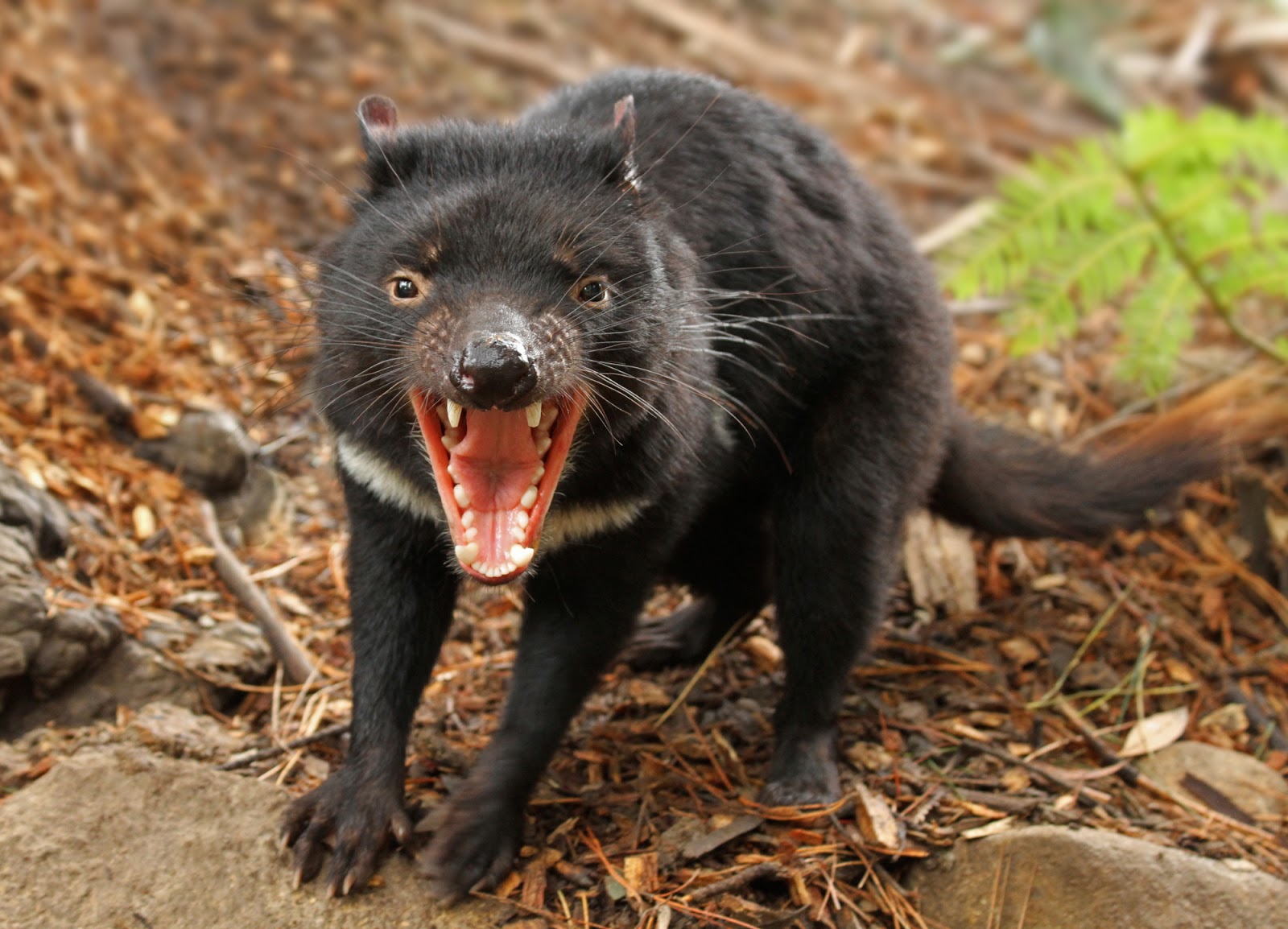The Tasmanian devil, a unique and fascinating marsupial, has captured the hearts of wildlife enthusiasts and photographers alike. In this article, we will explore the beauty and characteristics of the Tasmanian devil through stunning pictures, while also delving into its habitat, behavior, and conservation efforts. With its iconic appearance and spirited nature, the Tasmanian devil is not just a remarkable animal but also a symbol of the rich biodiversity found in Tasmania. As we journey through the world of Tasmanian devil pictures, we will uncover what makes this creature so special, and why it is crucial to protect its future.
The Tasmanian devil (Sarcophilus harrisii) is native to Tasmania, Australia, and is known for its stocky build, black fur, and fierce temperament. These incredible animals have been the subject of many photographs, showcasing their unique features and behaviors. In this article, we will provide a comprehensive overview of Tasmanian devils, including their biology, habitat, threats they face, and the role photography plays in conservation efforts.
Whether you are a wildlife photographer, a nature lover, or simply curious about these intriguing creatures, this article aims to provide valuable insights and captivating imagery. Join us as we explore the world of Tasmanian devil pictures, revealing the charm and complexity of one of nature's most extraordinary marsupials.
Table of Contents
- Biography of the Tasmanian Devil
- Physical Characteristics
- Natural Habitat
- Behavior and Diet
- Conservation Status
- Importance of Photography
- Famous Tasmanian Devil Pictures
- Conclusion
Biography of the Tasmanian Devil
| Attribute | Details |
|---|---|
| Scientific Name | Sarcophilus harrisii |
| Family | Dasyuridae |
| Habitat | Tasmania, Australia |
| Size | Up to 30 inches (75 cm) long |
| Weight | 5.5 to 26 pounds (2.5 to 12 kg) |
| Lifespan | 5 to 8 years in the wild |
| Diet | Carnivorous |
Physical Characteristics
The Tasmanian devil is easily recognizable due to its distinct physical features. It has a stocky, muscular body, a broad head, and a short tail. Here are some key characteristics:
- Fur: The devil's fur is primarily black, with white markings on the face, chest, and tail.
- Size: Adult Tasmanian devils can grow to be 30 inches long and weigh between 5.5 to 26 pounds.
- Teeth: They have large, strong jaws with sharp teeth, allowing them to crush bones and consume carrion.
Natural Habitat
Tasmanian devils are found exclusively in Tasmania. They thrive in various habitats, including:
- Forests: Dense forests provide ample cover and hunting grounds.
- Woodlands: Open woodlands allow for easier movement and access to food.
- Scrubland: Scrubby areas are ideal for foraging and finding shelter.
Their natural habitat is crucial for their survival, as it provides the resources they need to thrive.
Behavior and Diet
Tasmanian devils are primarily nocturnal and are known for their scavenging behavior. They have a keen sense of smell, which helps them locate carrion. Here are some behaviors associated with them:
- Social Structure: They are generally solitary but can be seen interacting during feeding.
- Vocalizations: They communicate through a range of vocalizations, including growls, screams, and snorts.
- Diet: Their diet consists mainly of carrion, small mammals, birds, and reptiles.
Conservation Status
Unfortunately, the Tasmanian devil is classified as endangered due to several threats:
- Devil Facial Tumor Disease (DFTD): A contagious cancer that has decimated populations.
- Habitat Loss: Urbanization and land development have resulted in loss of natural habitat.
- Road Kill: Many Tasmanian devils are killed on roads due to vehicle collisions.
Conservation efforts are underway to protect this unique species, including breeding programs and habitat restoration initiatives.
Importance of Photography
Photography plays a vital role in raising awareness about the Tasmanian devil and its conservation. Here are some reasons why it matters:
- Awareness: Stunning images can capture the public's attention and promote conservation efforts.
- Research: Photographs can be used for scientific research, documenting behavior and populations.
- Education: They serve as educational tools, helping people learn more about the species.
Famous Tasmanian Devil Pictures
Throughout the years, many photographers have captured breathtaking images of Tasmanian devils. Some notable shots include:
- Close-ups showcasing their fierce expressions and sharp teeth.
- Images of devils interacting in their natural habitat.
- Pictures highlighting their unique fur patterns and markings.
Conclusion
In summary, Tasmanian devil pictures offer an incredible glimpse into the life of this remarkable marsupial. From their physical characteristics to their behavior and conservation status, these creatures deserve our attention and protection. We encourage readers to support conservation efforts and share this article to raise awareness. Your actions can make a difference in ensuring that the Tasmanian devil continues to thrive in its natural habitat.
Thank you for exploring the world of Tasmanian devils with us. We hope you enjoyed the journey and invite you to leave a comment below, share this article with fellow wildlife enthusiasts, or read more articles on our website about fascinating wildlife topics.
Pete Davidson And Kate Beckinsale: An Age-Defying Romance
Biggest Head In The World Record: A Comprehensive Look
Kelly Ripa Sickness: Understanding Her Health Journey

